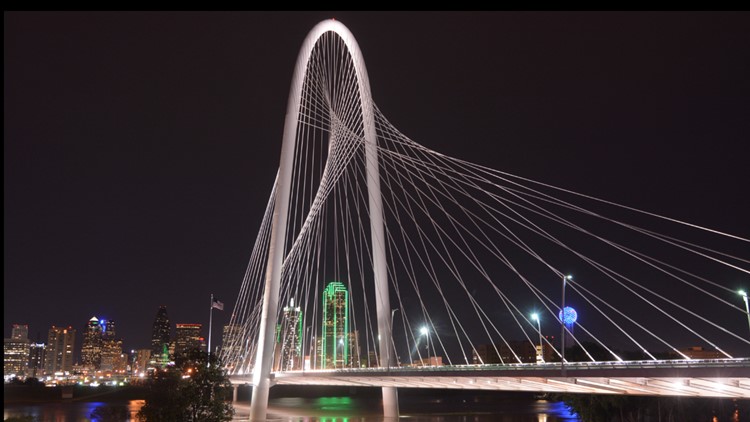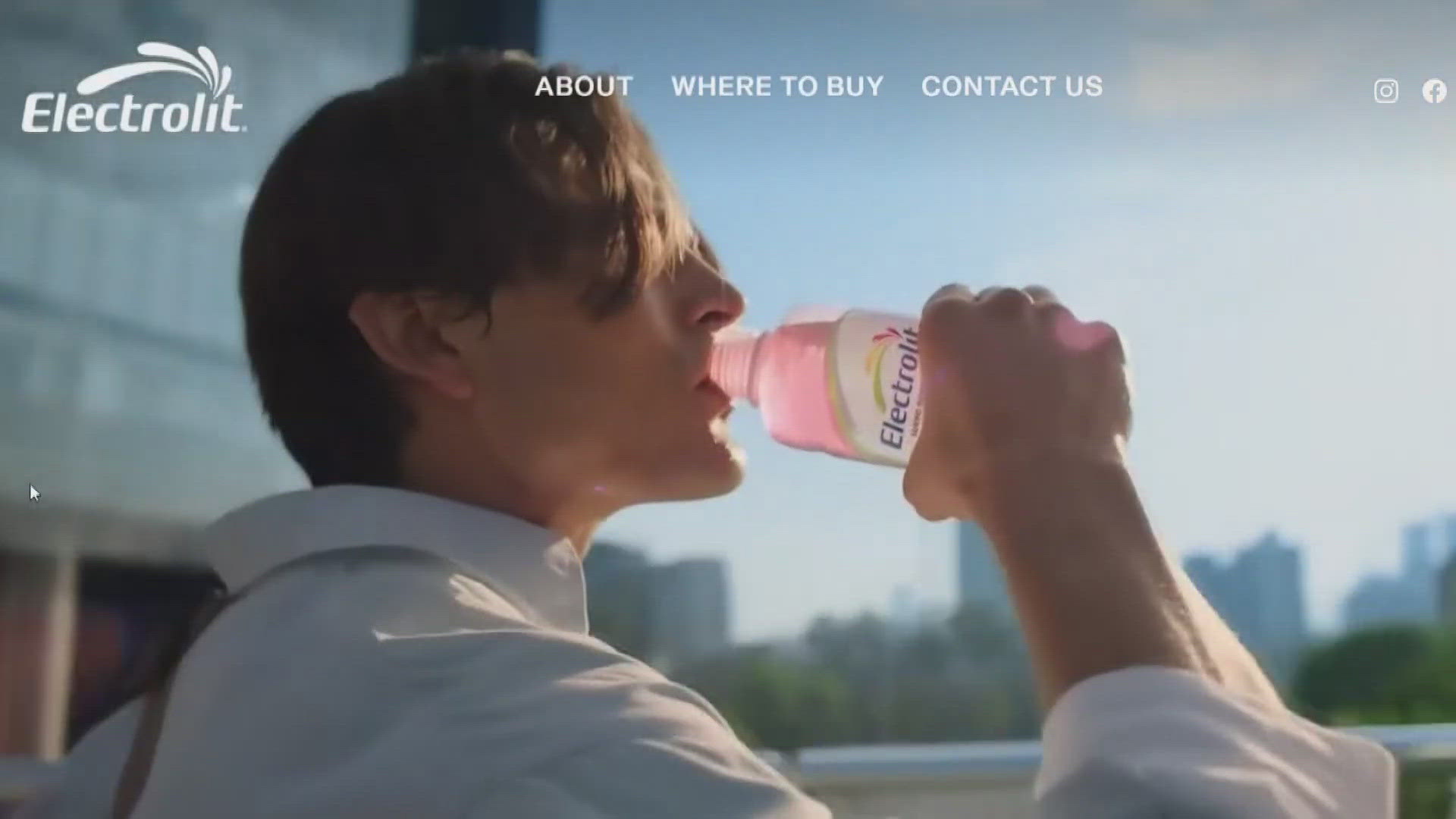The Dallas Business Journal is honoring the Best Real Estate Deals of 2019 at an event this fall. As part of the coverage, we are highlighting all of the Deals of the Year from 2010 to 2018. When 2019’s top deal is named at the event, the Business Journal will also name a “Deal of the Decade.”
ABOUT THE DEAL: Spanning the Trinity River is the Margaret Hunt Hill Bridge, named after the famous philanthropist. The bridge was built as a part of the Trinity River Project along with the Margaret McDermott Bridge. Santiago Calatrava designed the bridge in his signature style. At its peak, the bridge’s steel arch comes to 400 feet with a total length of 1,870 feet. Not only did it expand transportation in the city, but it expanded Dallas' skyline and was a notable landmark to the city's western corridor.
WHAT WE SAID THEN: “Fourteen years in the making, the Margaret Hunt Hill Bridge will generate economic and cultural benefits for Dallas for many more years in the future, supporters say. The city of Dallas opened the $182 million project in March (2012.) The white arch, cable-stayed bridge, spans the Trinity River, connecting downtown and West Dallas. Supporters praise the project as a signature icon for Dallas and a bridge to opportunity for new development in an area of West Dallas long characterized by industry and manufacturing.”
WHAT HAS HAPPENED SINCE: West Dallas has grown substantially since the bridge has been completed. Most notably is the 15-acre Trinity Groves restaurant and retail development right off the bridge. Sylvan 30 is another restaurant and retail area south of Trinity Groves that has seen growth in recent years. This includes apartment complexes, homes, businesses and shopping options for West Dallas patrons.
WHAT IS HAPPENING NOW: While it is not a direct one-to-one relationship, Mike Rosa, SVP of economic development for the Dallas Regional Chamber, said that the bridge has played a key role in developing the region's fabric and recruiting businesses.
“When we are talking to a corporate executive team that is in town secretly canvassing Dallas … they love to see the Margaret Hunt Hill bridge and they love to see what's beyond it ... they see the connectivity ... and it's very appealing,” said Rosa. “It says that Dallas is a place that will invest in the future.”
Rosa added that the bridge is part of the many positive changes seen in Dallas’ urban core in the past decade. One of those positive changes has been the opening of Trinity Groves.
The Dallas Businesses Journal spoke with Stuart Fitts, co-founder, and managing partner of West Dallas Investments, which owns Trinity Groves, about the impact of the bridge in West Dallas.
Why was the Margaret Hunt Hill Bridge such a big deal?
Fitts: It goes back to the late 90s and early 2000s when Dallas tried to get the Olympics and was told by the International Olympic Committee that Dallas couldn't be an international alpha city until its only natural water feature was an amenity rather than a barrier. It was a great first step, and to span the river in a modern, efficient way was important. So much of the city of Dallas is on the west and south side of the river that we can't just continue to let businesses and taxes go north. In order for Dallas to be a major, viable (city), we have to capture businesses and utilize our assets. One of our biggest assets is the land, south and west of the river.
What was the initial reaction to Trinity Groves?
We started Trinity Groves with a restaurant incubator as a way to transition to the neighborhood without shocking the neighborhood and the long-term residents there. We didn't want to start building new buildings; this was a way to reutilize an existing building. We knew that people would drive to a restaurant ... (and) what we wanted to do was create a unique place that people would go. They'd have a place to go that is newly opened (with) locally owned and operated businesses. We just wanted to do that to get people used to coming across the bridge, staying, eating, and enjoying themselves.
Click here to read more of this story.



